Imagine you are helping a person to find satisfying work. You may be doing this by holding a one-to-one session or by running a career development workshop.
There are many models for helping somebody to do work they love. One approach is to help them to do the inner work and the outer work involved on the way to doing satisfying work.
The Inner Work
This involves the person looking within. They can begin by focusing on their spirit – the things that give them positive energy – their successful style of working and their strengths. They can then focus on what for them will be satisfying work.
The Outer Work
This involves the person looking outside. They can clarify their perfect employers or customers, the challenges these people face and how they can use their strengths to help them to achieve success. They can then, if appropriate, focus on how to do satisfying work and earn a salary.
Let’s assume that you have made clear working contracts with the person or, if you are running a career development workshop, the people in the group.
When I run such workshops, for example, the aim is to provide practical tools that people can use:
To take charge of shaping their future careers.
To build on their strengths.
To find sponsors – customers or employers – who will pay them for doing what they do best.
To help those sponsors to achieve success.
To continue to do satisfying work.
Let’s explore some of the steps you can take to help a person to do work they enjoy.
You can invite the person
to do the Inner Work
There are many ways to start such a session. One approach is to focus on the person’s spirit and when they feel alive.
When running career development workshops, for example, I often begin by inviting each person to describe the things that give them positive energy. Energy is life. So how can they do more of these things in the future? Here is the exercise.
This seems a simple exercise, but it can help to reveal a person’s satisfying way of working. This was illustrated several years ago on a career development workshop for a fashion company.
Mary, who worked in the accounts department, described what gave her positive energy. She loved running projects outside work. She said:
“I organised my friend’s wedding reception. Since then I have been asked to organise similar events by several other people.
“I also have a small business selling beauty products. This is doing well and brings in money.
“I like doing projects that have a clear goal, which is maybe why I enjoy studying and working for accountancy qualifications. Reaching the goal gives me great satisfaction.”
Mary and I discussed this pattern. She went on to broach the subject with her manager, who asked if she would be interested in leading a project in the department.
She believed in the project, got the necessary authority and delivered it successfully. Mary has since added project management to her skills in accountancy.
Different people obviously describe different things that give them positive energy. Here are some of the answers they give.
Positive Energy
The things that give me positive energy
in my personal or professional life are:
Encouraging people … Gardening … Listening to the sound of our waterfall … Conducting our local choir … Taking walks by myself … Playing the guitar … Cooking for our family … Caring for our horse … Doing exciting projects at work … Helping people to succeed.
Each of these activities can be explored more deeply. When looking at such a list, it can be useful to ask: “Can you give me an example?”
This can reveal more about the things that give somebody energy. It is then possible to build on these themes and perhaps begin to find a person’s vocation. This leads to the next exercise it is can be useful to give a person.
Successful Style
Everybody has a successful style of working. Clarifying this style is often the clue to them finding their real strengths.
If you wish, you can invite the person to do the exercise called My Successful Style. Here are the instructions.
The person will probably start by saying something like: “The first project that comes to mind is when I …” They may describe when they studied for a degree, wrote a book, gave a keynote speech, revitalised a team or whatever.
You can help the person to clarify the principles and practical steps they took to achieve success. How to uncover this information?
One approach is to invite the person to describe the venture in great detail. So you may want to ask them some of the following questions.
Let’s start with your motivation. How did the project come about? Did you set the goal yourself or did somebody else offer you the opportunity?
Was it something you felt passionately about or something that matched your values? What was the trigger that made you really want to do the project?
Let’s move on to the actual goal. How early did you clarify the picture of success – the ‘What’? Did it come straight away or later?
If other people were involved, how much input did you have in setting the goal? What were the real results you wanted to achieve? What was your picture of success?
How did you settle on the ‘How’ – the key strategies for achieving success? Did you have freedom, within parameters, regarding how you achieved the goal? How did you map out the journey towards achieving the goal?
Let’s move on to how you performed the work. Did you mainly work by yourself? Did you work with other people?
If you worked with others, what were the characteristics of these people? Did you work for a manager? If so, what were the qualities the manager demonstrated? What went well when working with the colleagues or the manager?
Looking at the work, how did you organise your time? Did you follow a certain daily rhythm? What did you actually do to perform superb work? Did you get some early successes?
How did you check what was and was not working? How did you get support? How did you encourage yourself on the journey? How did you find creative solutions to challenges? How did you keep your manager and other stakeholders informed?
Let’s move on to the actual result. How did you keep working hard to reach the goal? Was there a specific deliverable, a deadline or some element of performance? How did you know when you had achieved the picture of success?
What was the satisfaction you got from reaching the goal? Looking at the project, what were the most fulfilling things?
What did you do well on the project? What could you do better in the future if you were to tackle this kind of project again? Are there any other things you would like to say about the project?
Looking back on each of these projects, can you see any patterns? What do you think is your successful style or working? How can you follow these principles in the future?
One person said: “My pattern is clear. I love building prototypes, but several characteristics stand out.
“First, I must believe the project will improve people’s lives. Second, I want to have lots of in-put into clarifying the ‘What’ – the goal to achieve.
“Third, I like to have lots of autonomy. Fourth, I prefer to be aiming for a specific deadline. Finally, I love to see the prototype having a positive impact on people’s lives.”
People develop, they seldom change. This is particularly so with their successful style. They tend to follow this style even more deeply in the future, even though they may express it through different vehicles.
Strengths
Let’s assume the person has done some exercises to focus on their spirit – the things that give them positive energy – and their successful style.
Those exercises can provide material for helping them to clarify their strengths. You can also help them do this by asking some of the following questions.
What are the deeply satisfying activities in which you deliver As, rather than Bs or Cs? When do you feel in your element – at ease and yet able to excel? What are the activities that give you positive energy – even when you just think about them?
What are the activities in which you see the destination quickly? When do you go ‘A, B … then leap to … Z’? Where do you have a track record of delivering Z?
What are the situations in which you quickly see patterns? Where do you have good personal radar? Where do you seem to know what will happen before it happens?
Where do you make complicated things look simple? What are the situations in which are calm, clear and find creative solutions to challenges?
What are the activities in which you score highly on drive, detail and delivery? Where do you have the equivalent of a photographic memory? Where do you always do the basics and then add the brilliance? Where do you reach the goals by adding that touch of class?
Let’s return to the exercise where you focused on your successful style. Looking at these satisfying projects, can you see any recurring patterns?
Bearing these in mind, what do you think may be your successful style of working? How can you follow your successful style in the future?
What would be your perfect project? What for you would be the most stimulating kind of project, with stimulating people in a stimulating place? How can you find or create such a project?
Here is the exercise that you can help the person to complete.
There are many other exercises that people can do to explore the inner work. The aim is to help them to clarify the satisfying work they can do that will also help other people to achieve success.
As mentioned earlier, anybody can do work they love. If they want to get funding, however, it calls for positioning what they offer in a way that is attractive to potential customers or employers. This takes us to the next step.
You can invite the person
to do the outer work
This involves the person looking outside. They can clarify their perfect employers or customers, the challenges these people face and how they can use their strengths to help them to achieve success. They can then focus on how to do satisfying work and earn a salary.
You can, if appropriate, invite the person to clarify how they can find sponsors – customers or employers – who will pay them for what they do best.
Sponsors
So how can the person find people who will hire them? If appropriate, you can guide them through the following steps.
You can invite the person to describe their perfect customers.
They can start by identifying the kinds of people with whom they work best. Who are their favourite customers? What makes these people special? What are the characteristics of these people?
If the person mainly works within an organisation, they can think about their ideal employer or manager. What makes it good to work with such employers or managers?
You can invite the person to describe the challenges these people face and the results they must deliver.
Looking at the world from their point of view, what challenges do these potential sponsors face? What are the results they must deliver? What are the kinds of things they will want from a supplier to help them to succeed?
Most employers want to improve the 3 Ps. They want to improve their profits, product quality – including processes and service quality – and people. The person can help an employer or manager to tackle these challenges and achieve the organisation’s goals.
You can invite the person to describe how they can use their strengths to help these people to succeed.
People buy success, not the theory of success. Bearing in mind their strengths, invite the person to describe the specific things they can deliver to help the potential sponsors – customers, employers or manager – to achieve success. You can invite the person to the do the following exercise.
Satisfying Work
Let’s assume that the person knows how they can use their strengths to help potential sponsors to achieve success. How can they get paid for doing satisfying work?
The first step is to help them to explore their possible options for going forward. Bearing in mind the kinds of work they find satisfying, invite the person to make a map showing the possible roads they can take in the future. Here is the exercise on this theme.
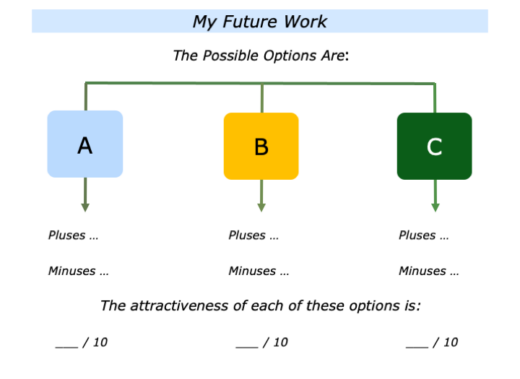
Different people will obviously choose to take different routes towards doing satisfying work. Here we will explore the following options.
The steps the person can take to do satisfying work with their present employer or by applying for work with another employer.
The steps the person can take to do satisfying work by working as a freelancer.
Let’s begin by exploring the route of the person aiming to do work with an employer.
You can help the person to clarify
their best contribution to an employer
Let’s assume the person has already done the inner work. They know their strengths and the work they find satisfying.
Looking outwards, they know the kinds of employers with whom they work best. Being savvy, they probably know what they can and can’t expect from a particular organisation.
Imagine that the person you are helping has decided to apply for a particular role with an employer. It is vital to show they understand the world from the employer’s point of view. They can then show how they want to contribute towards achieving the employer’s picture of success.
Here is an exercise the person can use to prepare for the interview. It is called My Best Contribution To An Employer. The person can obviously customise this exercise when applying for a specific role.
You can help the person
to work as a freelancer
Imagine the person is attracted to going the freelance route. They know what they want to offer potential clients, but then comes the thorny part. How to get work?
People buy people and most work comes from our networks. Many people, however, forget the real point about networking.
Real networking is about helping other people
to succeed, it is not about self promotion.
So how to get work? One approach is to go out, give to people and help them to succeed. Sounds crazy? Perhaps, but it often works.
Certainly this was true during the recession. One person said:
“The recession taught me a lot. Like many people, my first reaction was to worry about maintaining an income.
“My second reaction was more interesting. I reframed the situation as an opportunity to help other people.
“Over the years I have built a business as a mentor, but that suddenly became a luxury purchase. Despite funds being cut, I offered my time to meet clients five days a week.
“Mentoring is often about helping people to make good decisions. So my clients and I explored the tough choices they needed to make regarding shaping their future businesses.
“On the practical side, the first aim was to cover my weekly costs, which proved possible.
“After a month or so several clients asked me to do various project work. This included helping teams to complete internal projects, improve customer service and develop new business.
“These projects were funded from the technology and marketing budgets. Previously my work had been paid for by human resources.
“Nowadays my diary is full. But I am concerned about the next possible dip in the market. So it is time to go out and give to people again.”
How can the person give to others? It is important they follow their natural style, rather than force themselves to do cold calling.
They can do things that put a spring in their step. They might want to recommend books, offer to provide a pair of hands or connect like-minded people by putting them in touch with each other.
Like an actor, it’s vital to keep working. They need to do something every day to reach people in their network, but also be patient. It can take time before the right opportunity appears.
At a certain point, however, somebody will say: “How can we take this further?”
The person can then say: “I would love to do the work and help. I wonder, is there any possibility of any funding?”
If appropriate, you can invite the person to do the exercise on the theme of giving to people. This invites them to do the following things.
There are many ways to help a person to do work they love. One approach is to help them to do the inner work and the outer work on the way to doing satisfying work.
Whichever route you take to help a person, it can be useful to invite them to make an action plan. Below is one type of action plan that people find useful. Each person will, however, adapt this in their own way.
If appropriate, the person can send you their plan. You can then continue to help them along the road to doing satisfying work and achieving their picture of success.


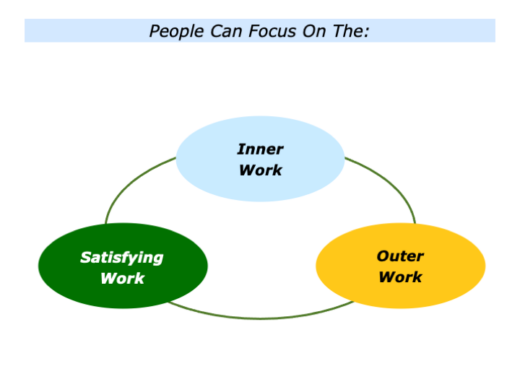
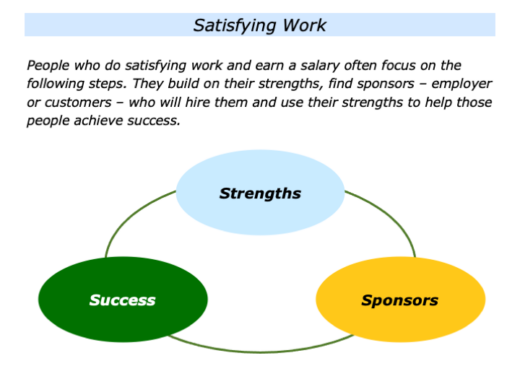

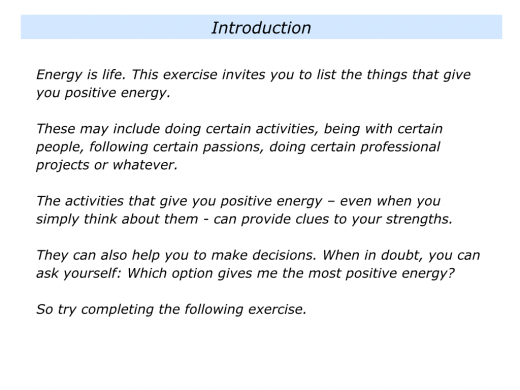
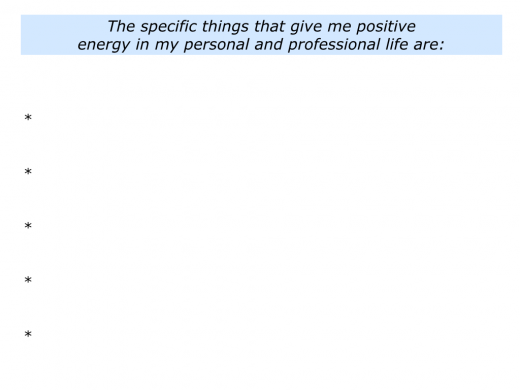
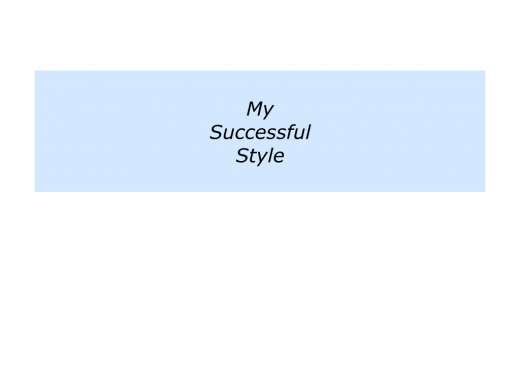
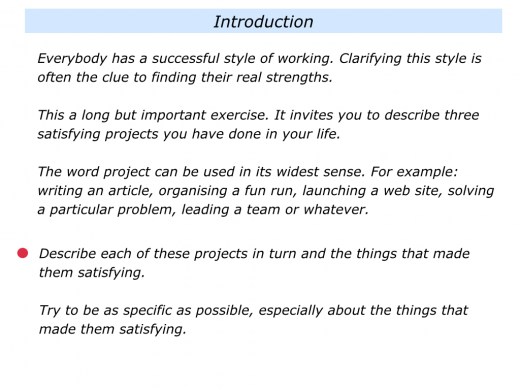
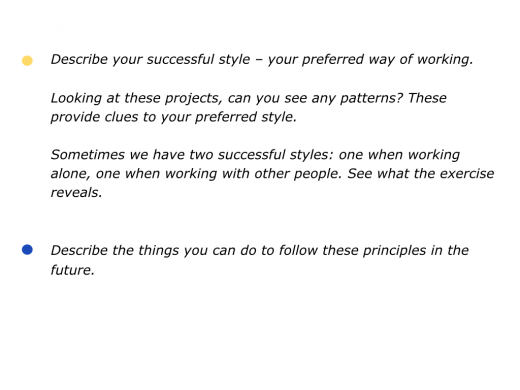
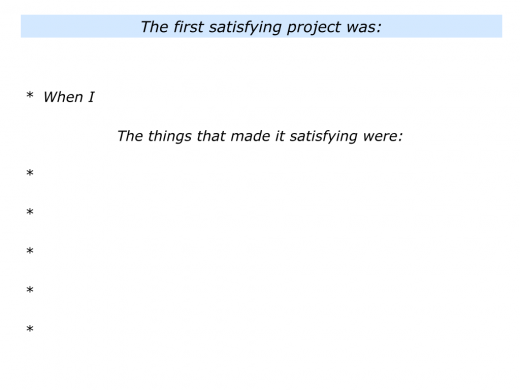
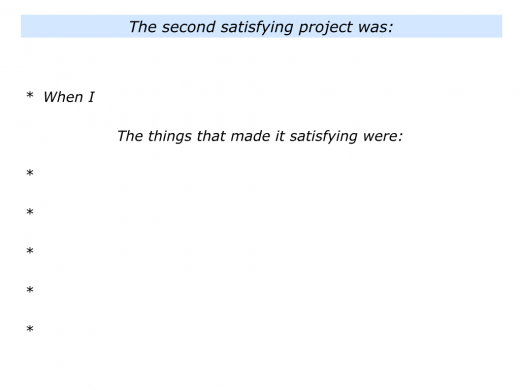
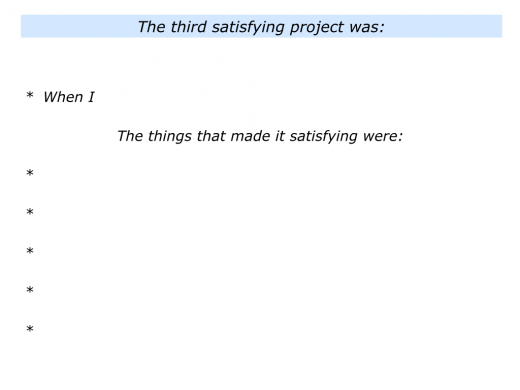
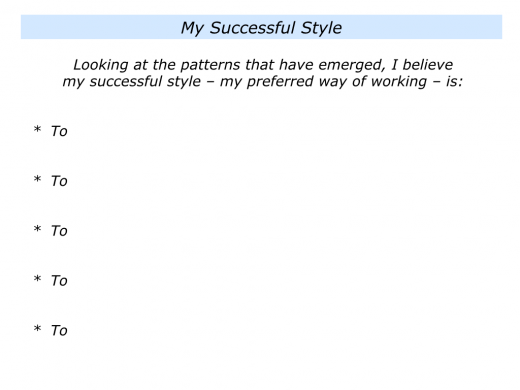
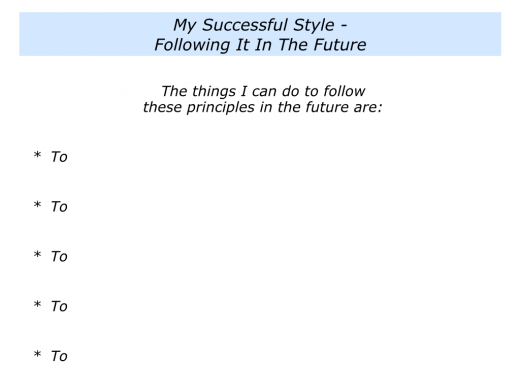
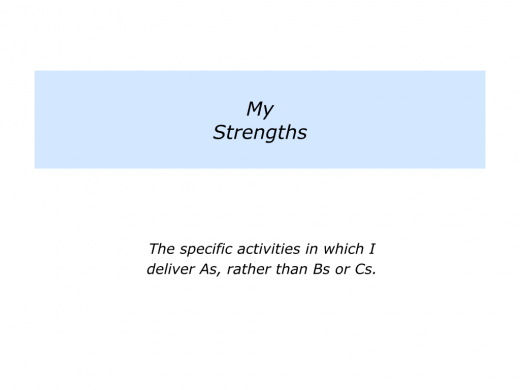
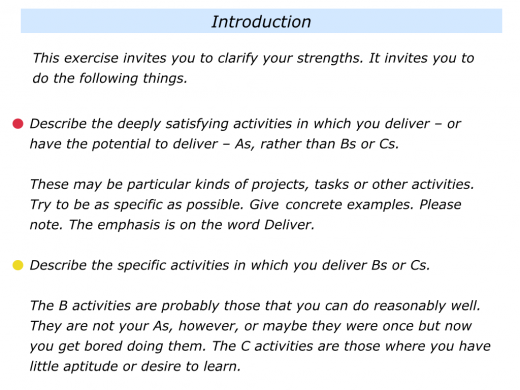
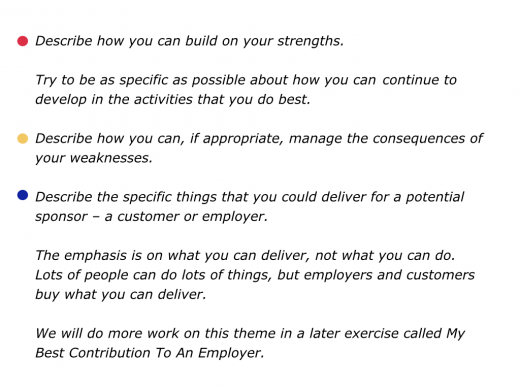
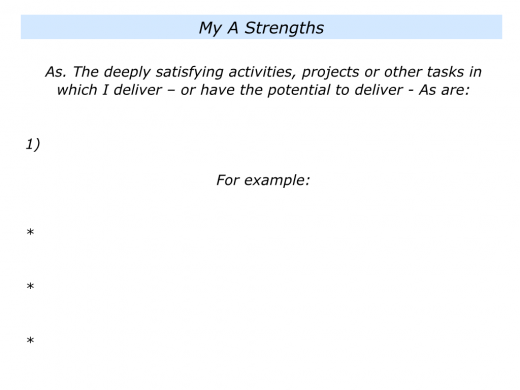
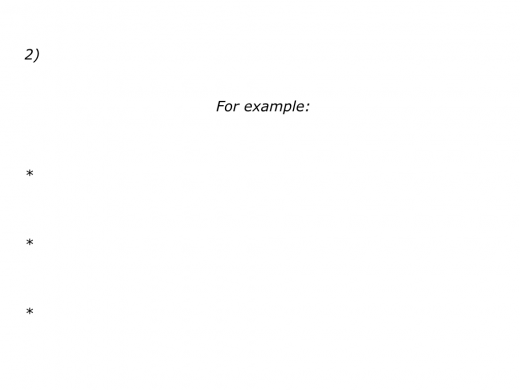
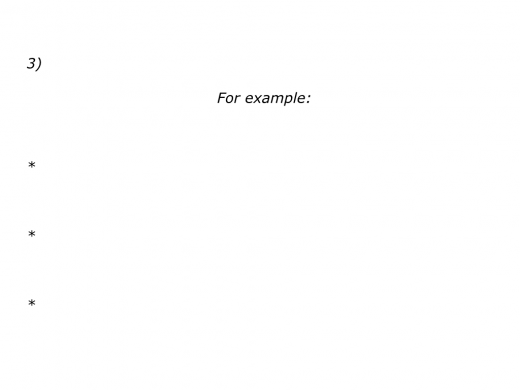
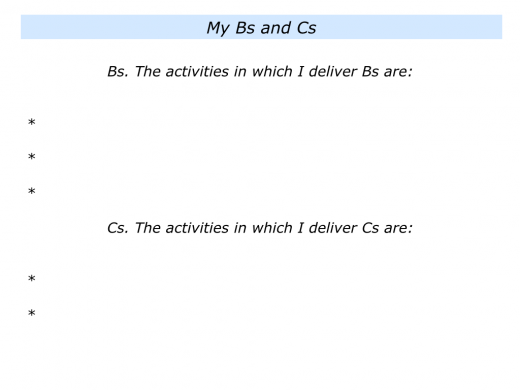
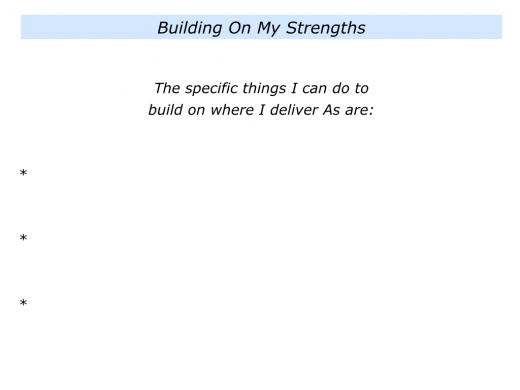
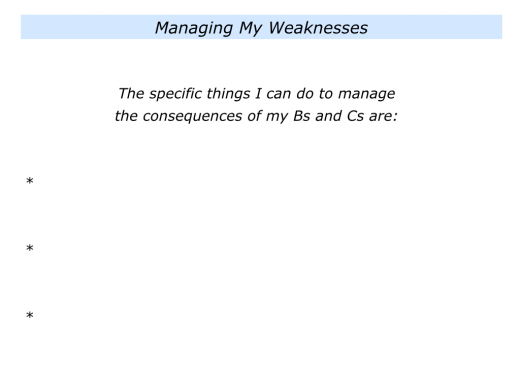
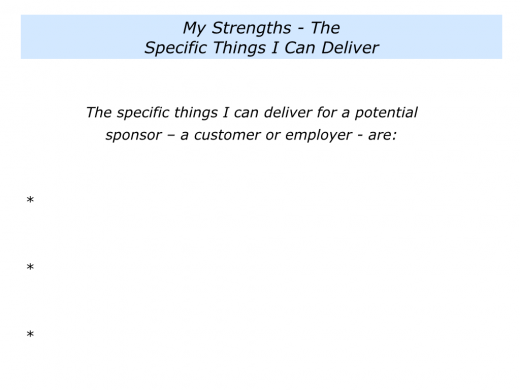
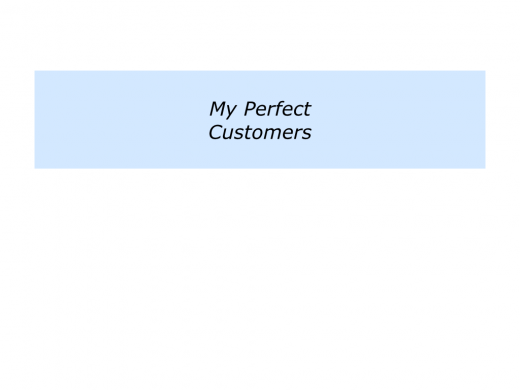
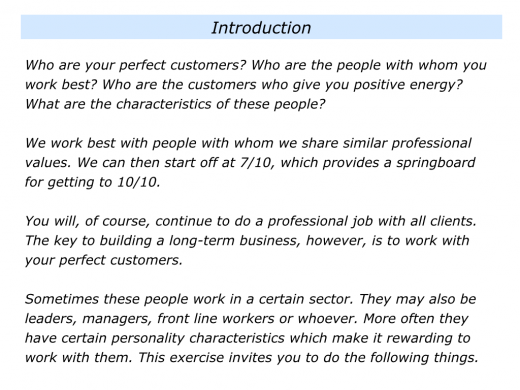
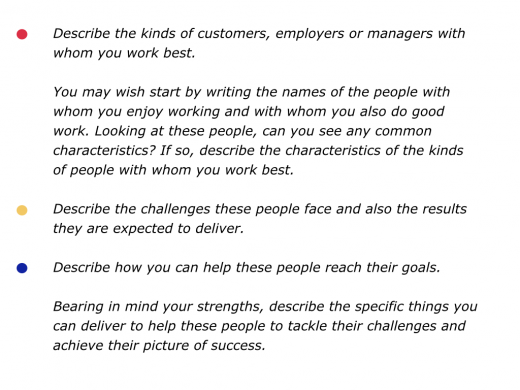
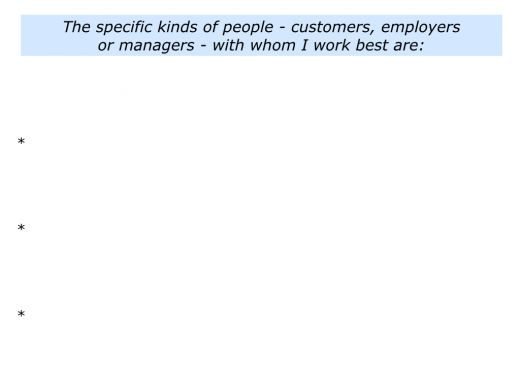
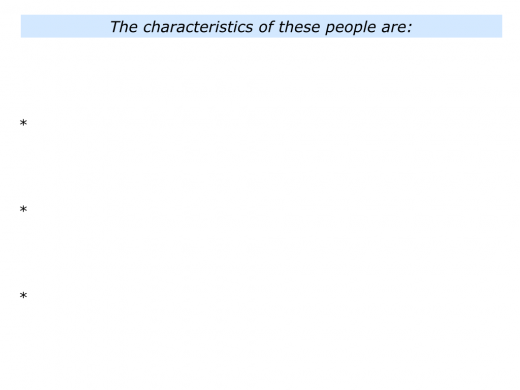
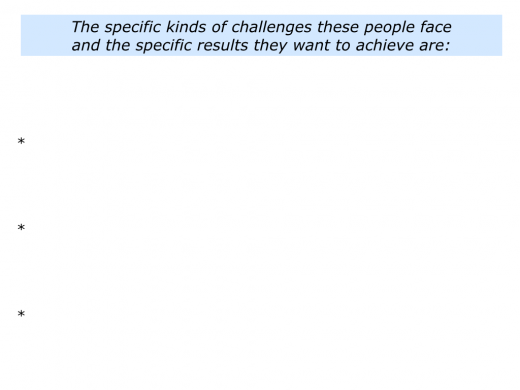
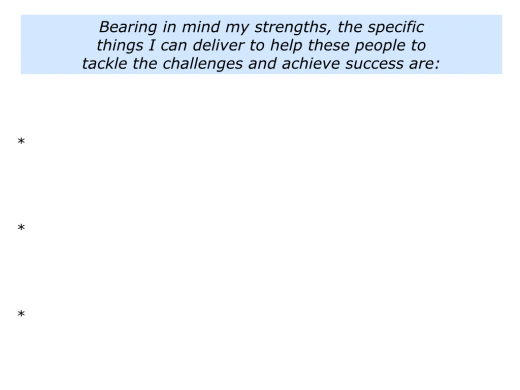

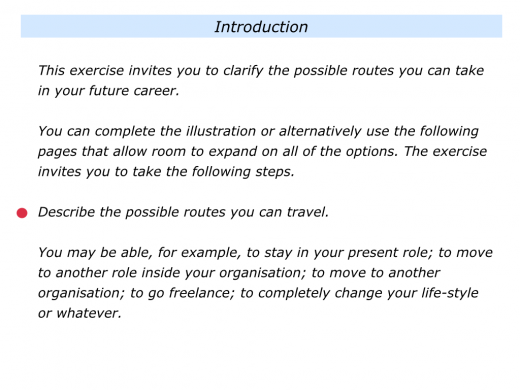
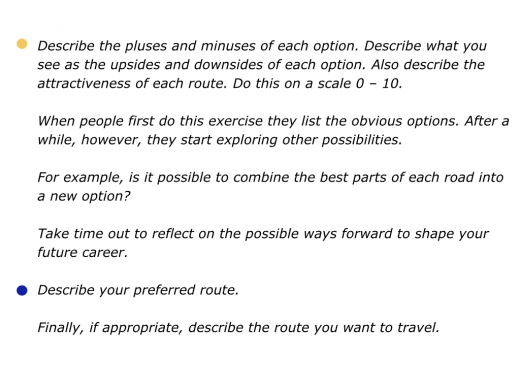
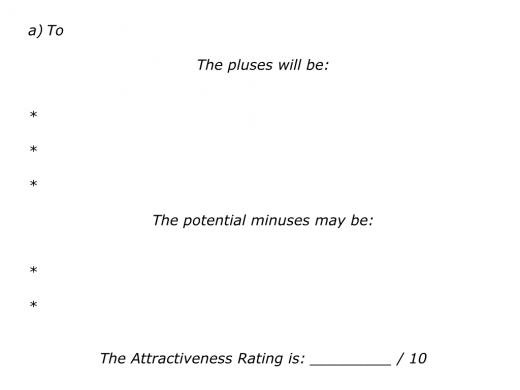
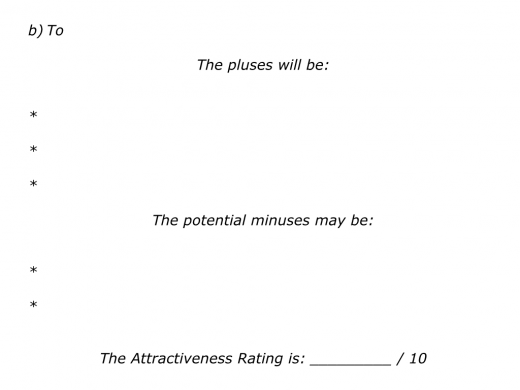
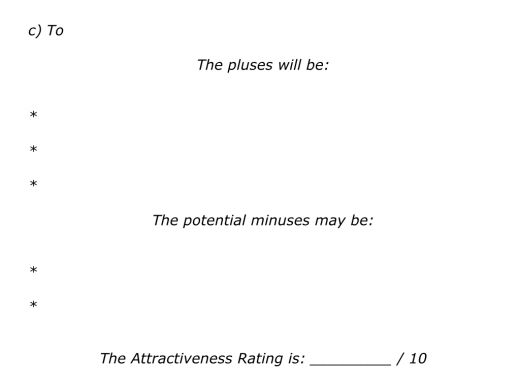
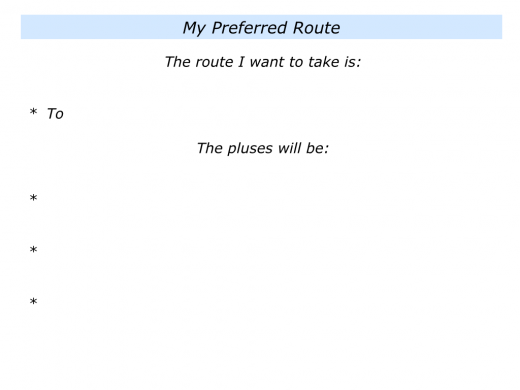
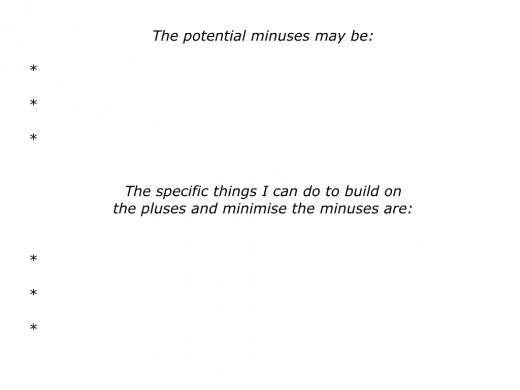
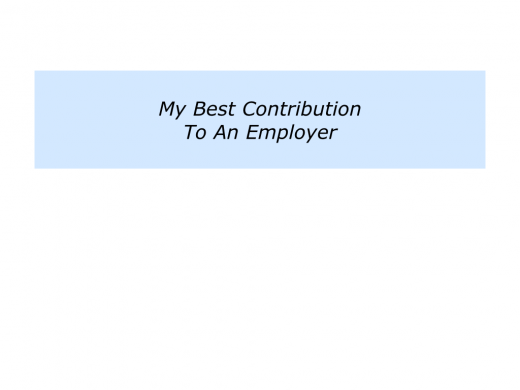
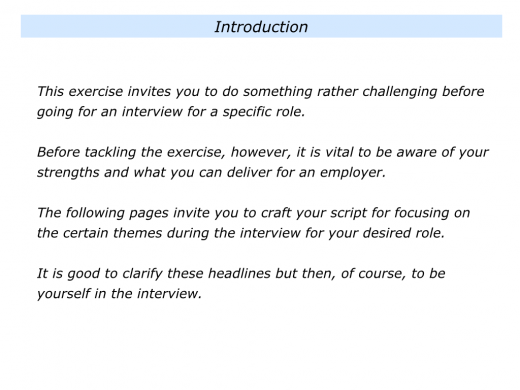
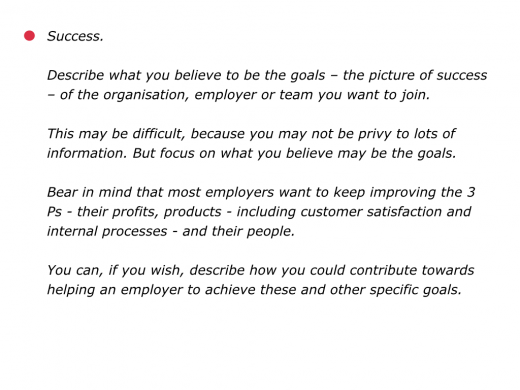
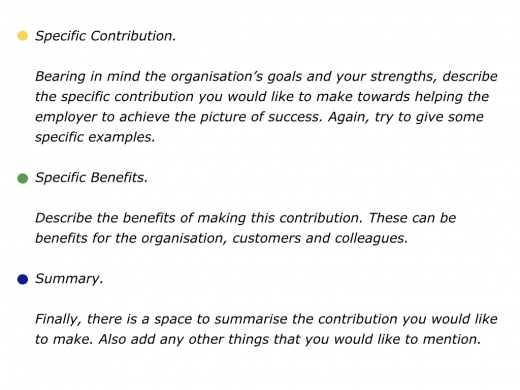
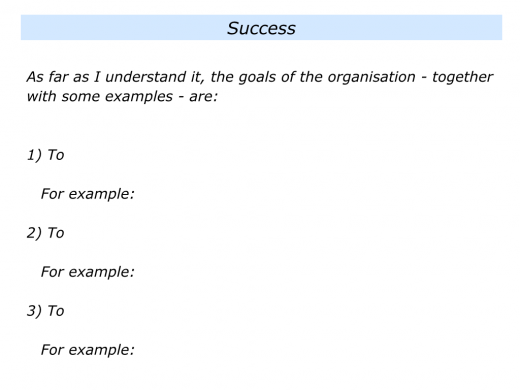
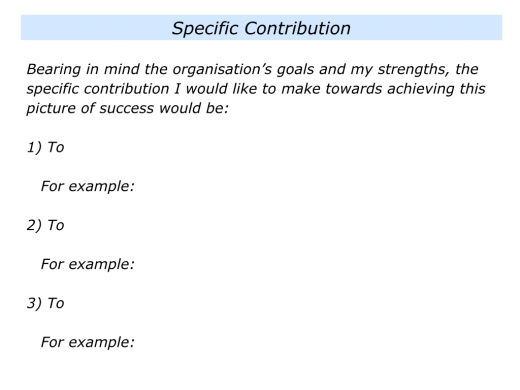
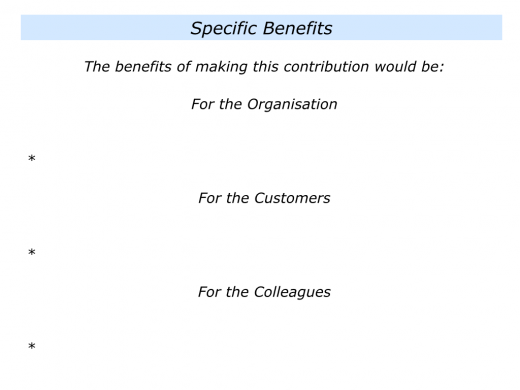
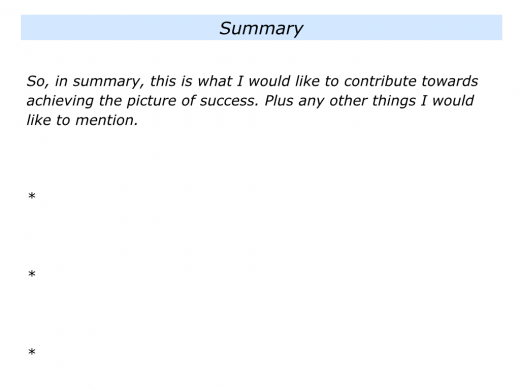
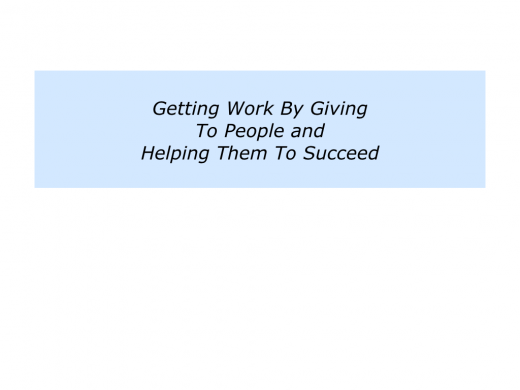
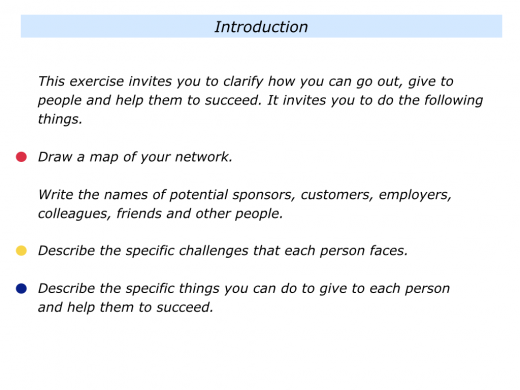
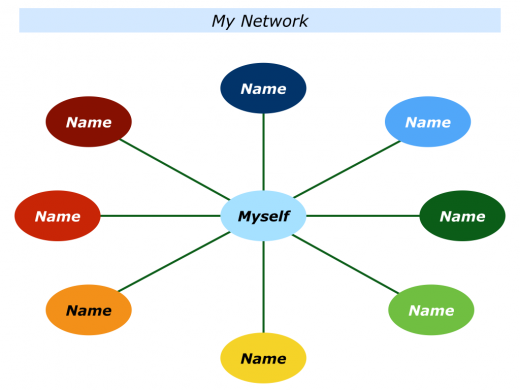
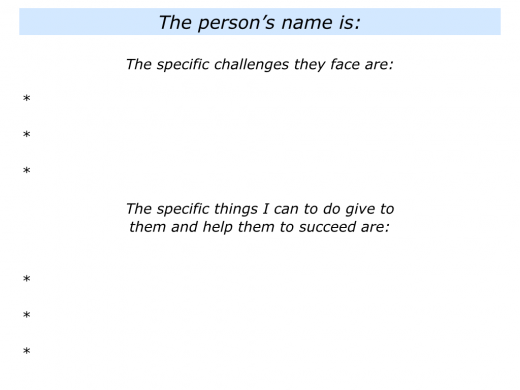
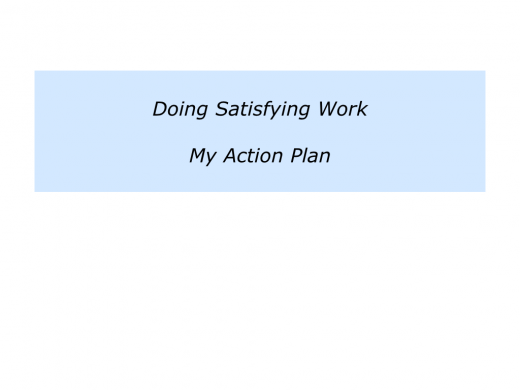
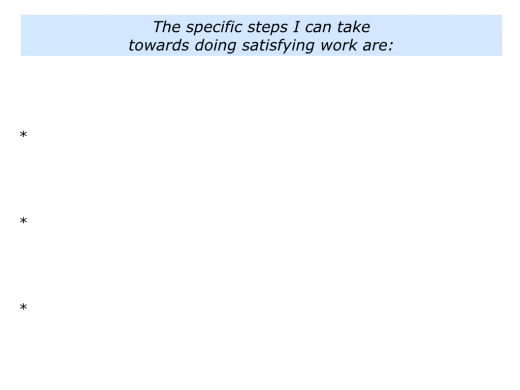
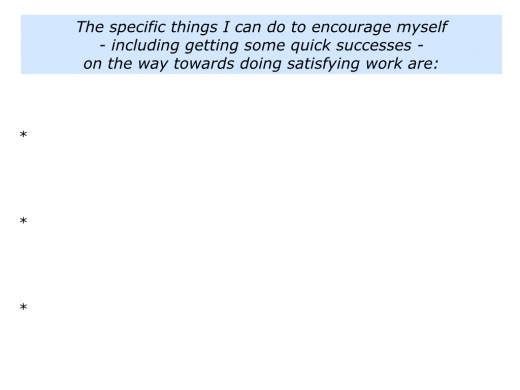
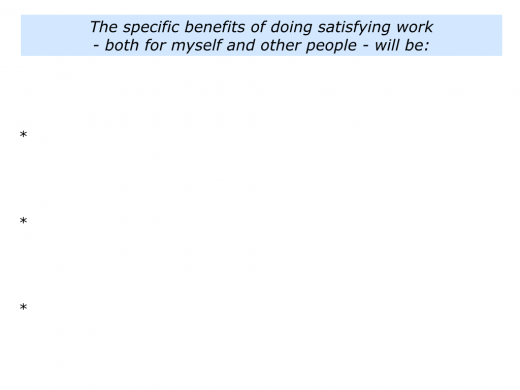
Leave a Reply